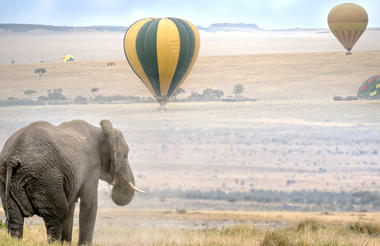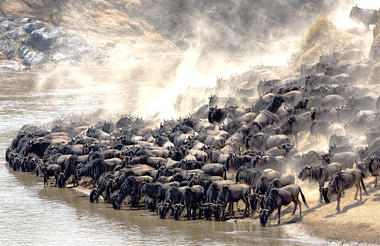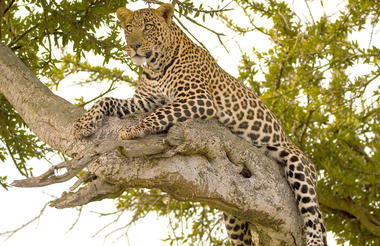Kenya is the most famous destination for safaris in the world for endless reasons, the scenery, the incredible opportunity for viewing all African wildlife in particular the ease in which to see the ‘Big 5’. It is still the best country for adventure travel in Africa; it offers high levels of service; it still offers 'Out of Africa' scenic beauty, diverse cultures and abundant wildlife.
Safari is however, by no means the only reason to visit Kenya, the coastline and tropical beaches are amongst the world’s most beautiful.
Name: The Republic of Kenya
Time Zone: GMT + 3
Capital City: Nairobi, meaning “place of cool waters” in the Maa language
Independence gained on: 12 December 1963 (from Great Britain)
National Language: Kiswahili
Official Language: English
Currency: Kenyan shilling (KES) and cents
Land Area: aprox.586,600km sq
Drives on the: Left
Country Code: + 254
Location
On the Equator on the eastern coast of Africa. Kenya is bordered by Tanzania to the south, Uganda to the west, Somalia and the Indian ocean to the east, Ethiopia to the north and Sudan to the northwest.
Population & People
The population is estimated at 43,500,000 as of 2013.
There are about 52 tribes in Kenya.
Vegetation & Special Natural Features
Kenya is home to the famous Masai Mara game reserve, Mount Kenya and Lake Victoria (the world's second-largest freshwater lake).
The Great Rift Valley, which runs from northern Syria in Southwest Asia to central Mozambique in East Africa, bisects the country from North to South and is dotted with lakes and extinct volcanoes, is one of Kenya's most fascinating physical features.
Kenya’s natural vegetation is diverse. Truly a ‘world within one country’. Tropical rainforests, sandy beaches, snow-capped mountains, desert, wide savannah plains teeming with wildlife, freshwater lakes and salt lakes.
The Rift Valley is a colossal geological feature stretching for 6000 kilometres, running from the Middle East all the way down Africa to northern Botswana, and into Kenya. This extraordinary natural attraction can be visited via a short drive north from Nairobi. The ground drops away and opens up to a massive valley, home to lakes, soda lakes, savannah, and impressive volcanic formations. This spectacularly scenic landscape is scattered with abundant plains game, a string of reserves, and traditional Maasai villages. Some highlights include the dramatic cliffs of Hell's Gate, Mount Longonot, Lake Elmenteita, and the beautiful Lake Nakuru National Park.
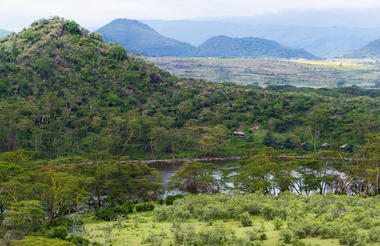
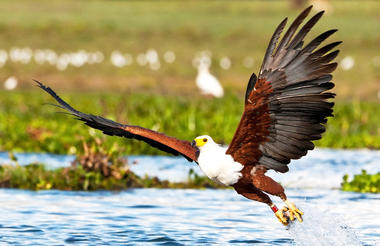

Fringing the northern edge of the Laikipia plateau, Ol Malo is a privately-owned game sanctuary in Kenya's wild and beautiful northern reaches. Spanning over 200 hectares the Ol Malo Conservancy is home to a wide range of wildlife and borders the tribal heartlands of the nomadic Samburu people. This wild playground offers visitors an exclusive experience in a remote and unspoilt natural setting. Visitors can look forward to exploring the pristine wilderness, view an awe-inspiring sunrise, soak up landscapes crowned by the snow-capped peak of Mt. Kenya - the highest mountain in Kenya and the second-highest in Africa. Other highlights include journeying to the Suguta Valley by helicopter, Samburu Village visits, a Samburu Market visit, bird watching, fishing, horse riding, as well as camel and jeep safaris.

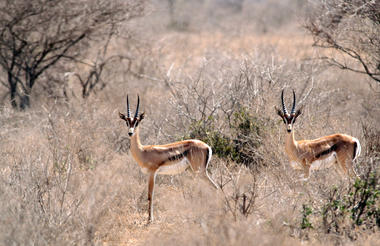
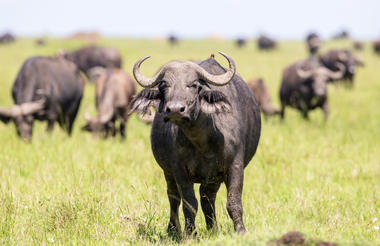
One of Kenya’s most iconic natural wonders, the Masai Mara National Reserve stretches across more than 1500 square kilometres in the country’s southwest. The park shelters a remarkable array of wildlife, including elephant, lion, leopard, and buffalo that roam its savannahs, while crocodile and hippopotamus inhabit the Mara River. Birdwatchers will delight in the presence of more than 450 resident species. Yet the true spectacle is the Great Migration, named one of the Seven New Wonders of the World. Each July to September, roughly 1.7 million wildebeest trek from the parched plains of Tanzania’s Serengeti to the greener grasslands of the Masai Mara, followed by zebra, antelope, and predators such as lion, hyena, and cheetah. The sight, sound, and raw energy of these vast herds are a once-in-a-lifetime experience for any traveller.
